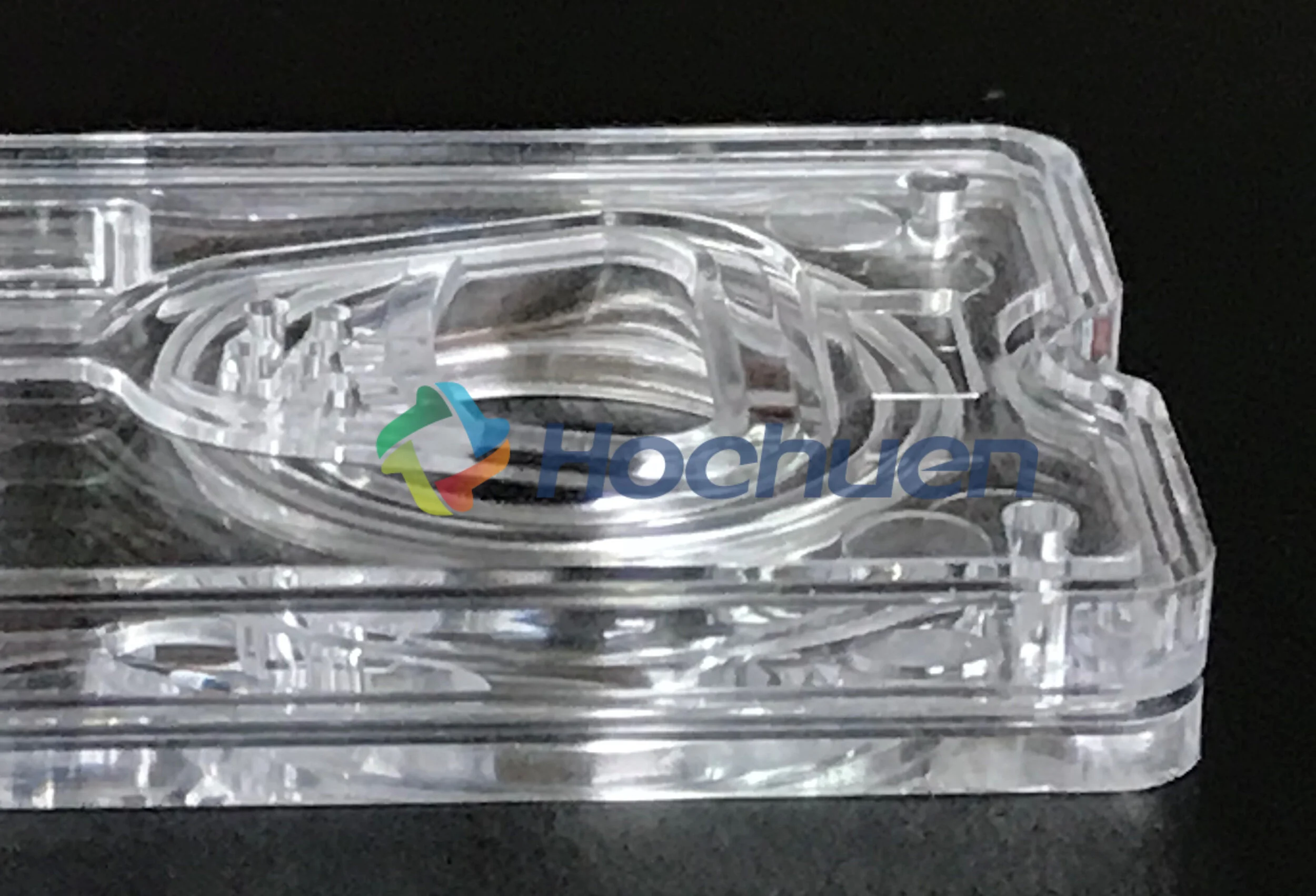Droplet Generation of Microfluidic Chips | Hochuen
Droplet generation is a precise procedure in microfluidic chips. Hochuen is one of the largest OEM/ODM manufacturers in IVD and medical disposables in China.
Droplet Generationin Medical Industry – Uses and Necessities
Droplet generation is an important process in many fields, including diagnostics, drug discovery, production of food or paints, etc. Hochuen offers the best microfluidic pumps for this.
Body:
Droplet Generation can be seen in various applications and fields of works. Starting from medical services, it spreads towards the cosmetics business, food and paint productions. While there are a lot of ways one can proceed a droplet generation, the most common method is the microfluidic system. It is a cheaper way that makes use of a microfluidic pump in order to shape the liquid in the correct form.
But it requires a microfluidic pump of good quality to get an excellent and faster droplet generation. That is where Hochuen comes to help. Thanks to their hard works, many advanced pumps are being produced in their labs. Using the advancement of technology, Hochuen is bringing some of the best machinery to people. They also handle the prototyping and packaging of the machinery.
Droplet Generation- What Is It?
Droplet generation is the procedure in which droplets of any liquid are formed in microfluidic chips. The formation of the droplets happens with an accurate geometry so that it stays perfect. One needs to use two liquid types that do not mix with one another, such as water and liquid or similar ones.
Well, the method described above is the passive generation of droplets. However, there is another way to do it. It is called the active method. In this way, the researchers use different forces such as centrifugal, electric, or magnetic force. There are high advantages we can get from generating droplets. It is especially true in the medical field. To analyze a cell, researchers can use a tube to hold millions of droplets with a single-cell reaction.
Droplet Generation Geometries- Cross-flow
In the cross-flow method, the microfiber chip is organized in a Y-junction or a T-junction geometry. Suppose we are using water and oil in this case. The oil will be channeled through the continuous phase and will flow straight. Meanwhile, the water will flow and meet the oil at Y or T-junction. Since they won’t mix, the oil will break the water down into tiny droplets. It is possible to determine the droplet sizes using the flowrate of both liquids and dividing them. Well, there are some other things that also affect the droplet size.
Droplet Generation Geometry- Flow Focusing
It works almost like the cross-flow method. But there are obviously some differences. The junction is now shaped like ‘+’ or ‘X’. Like cross-flow, the oil will be going through the junction in a continuous manner from two opposite directions and channel through a sideway. The water will come from the remaining side and meet the oil at the intersection of the four ways. This intersection is narrowed down to increase the flow rate of the oil or water. As the water breaks down, the droplets will go through the same sideway as the oil. The more flow rate of the liquids, the smaller the droplets will become. Just like that, if you want to get oil droplets, you can reverse the positions of water and oil.
There is another droplet generation geometry available, which is called Co-flow focusing. In this method, the water will stay enclosed in the oil junction. As the oil is moving continuously, the water will be opened into the oil. Since the water meets the oil, which is at a sheer speed, the water will break down in droplets.
As mentioned above, Hochuen makes it possible for you to perform all these geometry methods with their microfluid pumps and chips. The machinery they make is of the highest quality and gives accurate results.
Technical Description: Ultrasonic welding is another commonly used bonding method for device assembly. Ultrasonic bonding is suited for bonding two layers with the same plastic material, such as PC.
Advantages: This bonding is a rapid process, thus inexpensive. Only the energy director areas are heated, therefore the thermal stress is minimal as compared to the thermal bonding and laser welding.
Limitations: Ultrasonic vibration could generate small particles into the bonded channel.

